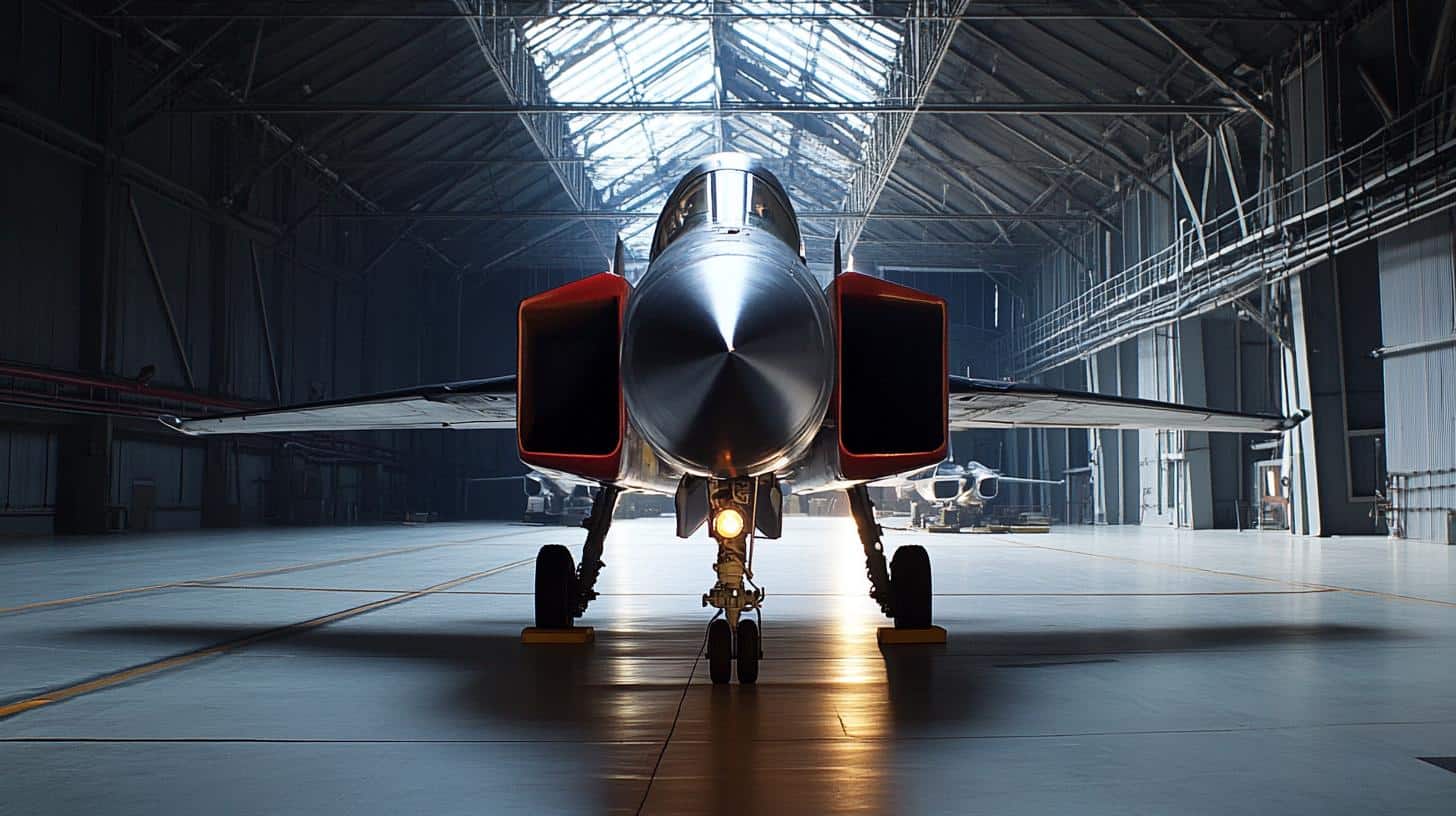The purported MiG-41 fighter jet, widely promoted by Russia as an unparalleled sixth-generation combat aircraft capable of reaching unprecedented speeds and engaging targets in space, remains largely an enigma. Despite Moscow’s ambitious declarations, many experts question the feasibility of such an advanced project amid Russia’s current geopolitical and economic challenges.
Technological Challenges
The MiG-41, which Russian information sources refer to as the Mikoyan PAK DP, supposedly aims to achieve speeds of Mach-4 or beyond. This hypersonic capability poses significant engineering hurdles, particularly concerning the extreme heat generated during flight at such velocities. Experts underline that managing these temperatures and integrating weaponry capable of operating effectively under such conditions present formidable challenges that are not easily surmounted.
Economic Hurdles
With ongoing military operations in Ukraine placing a heavy strain on Russia’s resources, the financial viability of pushing forward such a cutting-edge fighter program remains doubtful. Despite Russia’s assertions of progress, the sophisticated nature of the MiG-41’s proposed features, such as anti-satellite capabilities, raises skepticism about its completion given the current constraints.
Moscow’s claims suggest a fighter jet that could alter the landscape of aerial combat, potentially overthrowing current air superiority paradigms held by America and its allies. However, the absence of tangible progress and the high costs associated with such a venture suggest that the MiG-41 might remain a long-term goal rather than an imminent reality. Conclusively, while the idea of the MiG-41 captures the imagination, its practical development appears improbable under present circumstances.
Unveiling the Veil: Hidden Economic and Strategic Impacts of the MiG-41 Project
The Impact on Global Defense Strategies
The mysterious MiG-41 fighter jet project, with its promise to revolutionize aerial combat, holds implications that stretch well beyond the boundaries of Russia. If realized, such advanced air superiority could redefine defensive strategies worldwide. Countries may feel pressured to accelerate their own military technological advancements to counterbalance Russia’s potential leap in capabilities. This could lead to an intensified global arms race, diverting resources towards military development at the expense of other pressing needs, such as healthcare or education.
Community and National Resource Allocation
While Russia’s ambition is to portray the MiG-41 as a beacon of technological prowess, there are significant concerns over its resource allocation. The project’s funding demands may necessitate cuts to public services or neglect of infrastructure development, potentially souring public sentiment and leading to domestic unrest. Communities feeling the pinch could find themselves grappling with economic hardship, as funds are absorbed into this military endeavor.
Environmental and Ethical Concerns
The development of hypersonic flight technologies raises environmental and ethical questions. The resources and testing required for such high-speed aircraft result in substantial carbon emissions, contributing to climate change. Moreover, the focus on developing weapons that might engage in outer space draws criticism on ethical grounds. Should humanity progress towards the militarization of space? This debate continues to provoke controversy among international communities and policy-makers.
The Next Steps: Military Revolution or Pipe Dream?
Questions linger around the feasibility and eventual impact of the MiG-41. Will Russia’s military focus shift international relations towards greater conflict, or will the project remain a speculative endeavor? Without concrete progress, skepticism remains around whether this fighter jet will see the light of day as anticipated. However, the potential geopolitical ramifications demand attention.
Advantages and Disadvantages: A Dual-Edged Sword
The prospect of the MiG-41 presents a sharp double-edged sword. Advantages may include technological advancements that can drive further innovation within aerospace industries and potential defense capabilities giving Russia a strategic edge. Disadvantages encompass the high financial risk, potential stoking of international arms races, and the possibility of neglecting critical domestic issues.
Contemplating the Future: A World Changed by Aerospace Prowess?
Ultimately, Russia’s purported MiG-41 endeavors leave us pondering pressing questions: How might these advancements shape international relations? Are the potential benefits of such extensive military investment worth the costs? These unresolved issues keep a broad audience of analysts and global citizens alike watching closely.
For more information on advancements in aerospace technology and global military strategies, visit Defense News, Janes, and FlightGlobal.






















